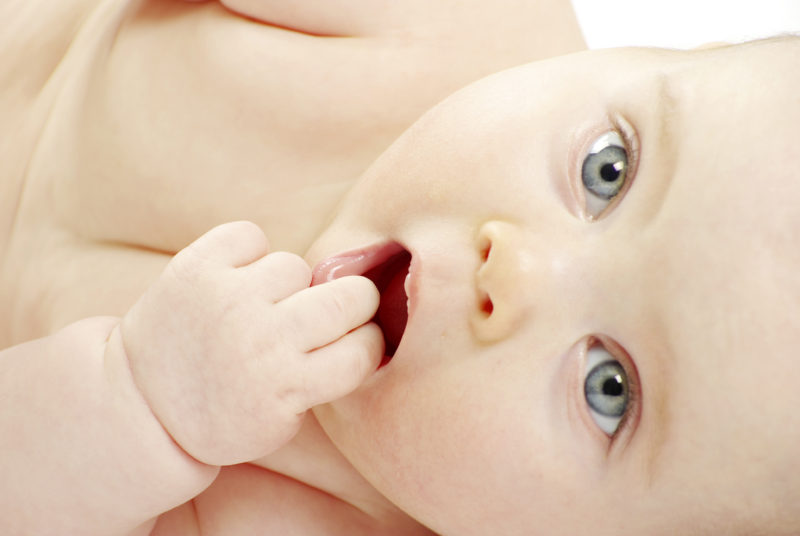Evenimente embrionare:
Ziua 14: Ovulatia, modificari ale endometrului care devine moale, se ingroasa si devine edematos ca raspuns la actiunea progesteronului;
Ziua 15: Fertilizare;
Ziua 18: Stadiul de morula;
Ziua 20: Stadiul de blastocist: incepe implantarea;
Ziua 21: Implantare completa;
Zilele 27-28: Formarea sacului yolk secundar, formarea vililor corionului primar.
Zilele 21-28: Proliferarea sincitiotrofoblastului. O data cu formarea corpului luteum incepe productia de progesteron si faza secretorie a endometrului. Creste numarul si diametrul glandelor endometriale. Daca are loc fertizarea, apare zigorul. De regula, fertilizarea are loc la nivelul ampulei tubare. Clivarea la nivelul zigotului duce la cresterea rapida a numarului de celule. Acestea se numesc blastomere si devin din ce in ce mai mici cu fiecare diviziune. Cand numarul total de blastomere ajunge la 12-15, este stadiul de morula. Apare la 3 zile de la ovulatie, adica ziua 18 a ciclului menstrual. Dupa ce morula ajunge la nivelul cavitatii uterine, se va forma si lichid la nivelul cavitatii blastocistului. Acesta va fi separat in doua parti:
*trofoblast: in partea embrionica a placentei;
*masa celulara care va forma embrionul.
In ziua 20, blastocistul se ataseaza de endometru.
Trofoblastul prolifereaza rapid in doua directii:
-citotrofoblast: celulele dintre interior;
-sincitiotrofoblast: celulele dinspre exterior.
La sfarsitul celor 21 zile ale ciclului menstrual, blastocistul este implantat superficial si in ziua 23 este complet implantat la nivelul endometrului.
Sincitiotrofoblastul va produce hcG (gonadotropina corionica umana).
Weeks 3-4
Embryonic events:
Day 14: Ovulation, changing in the endometrium, becoming soft, thick and edematous in response to progesterone;
Day 15: Fertilization;
Day 18: Morula stage;
Day 20: Blastocyst stage : beginning of implantation;
Day 23: Implantation complete;
Days 27-28: Formation of secondary yolk sac. It is secondary rather than the primary yolk sac that can be identified by ultrasound. Formation of primary chorionic villi.
Days 21-28: Proliferation of syncitiotrophoblast. With the formation of corpus luteum the production of progesterone starts the secretory phase of the endometrium. The glands of the endometrium increase in number and length. If fertilization occurs, the zygote will be formed.
*the trophoblast: a thin outer cell layer that gives rise to the embryonic part of the placenta;
*the inner cell mass: it give rise to the embryo.
On day 20 of the cycle the blastocyst attaches to the endometrium usually on the site of the inner cell mass.
The trophoblast starts to proliferate rapidly and differentiate into two layers:
–cytotrofoblast: inner layer of cells;
–syncytiotrofoblast: outer layer of cells.
By day 21 of the menstrual cycle the blastocyst is superficially implanted and by day 23 it is completely implanted into the endometrium.
The syncytiotrofoblast begins to produce a hormone, the human chorionic gonadotrophin (hCG).
